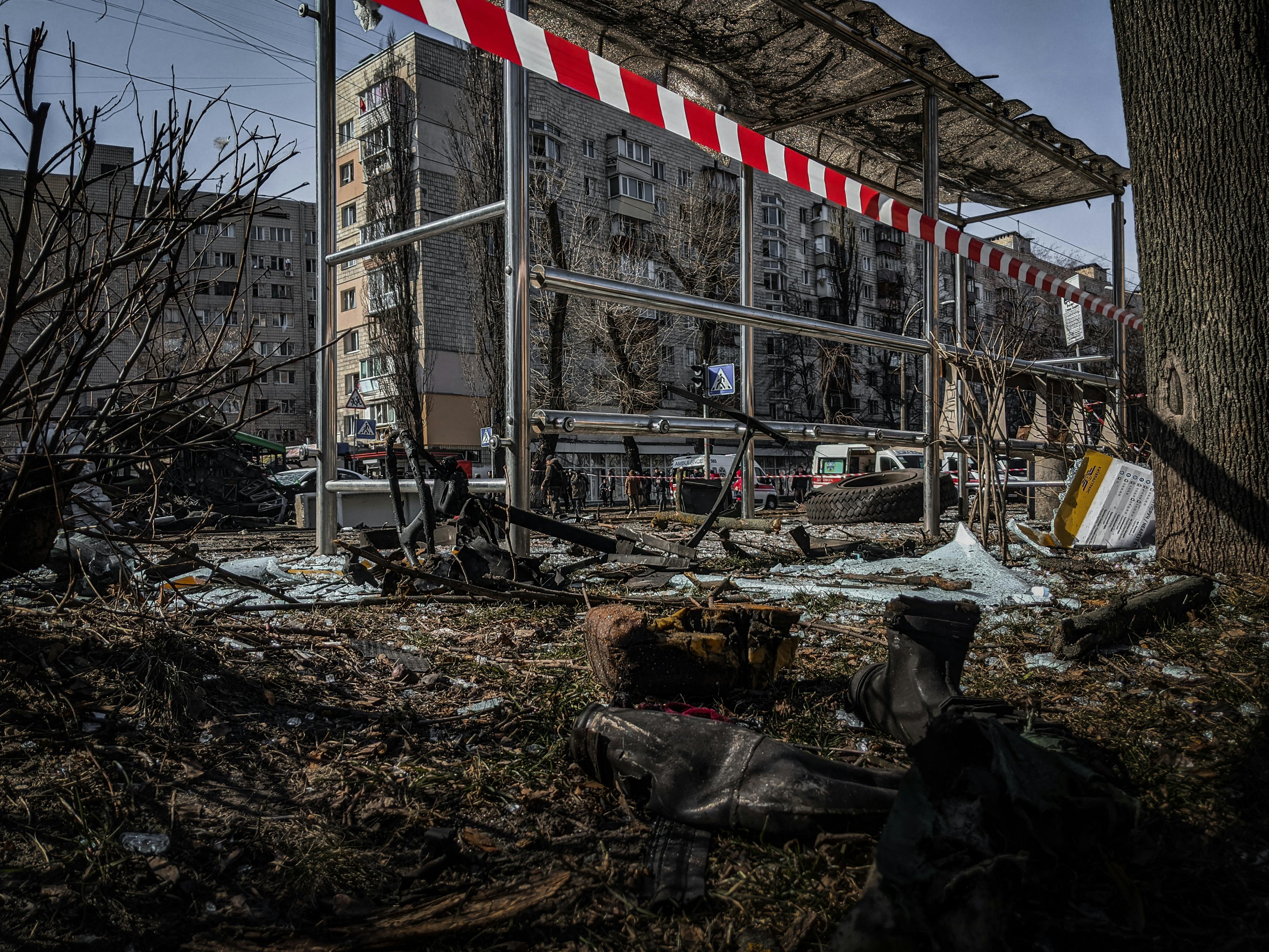
Understanding Superpowers: The Essence of Extraordinary Abilities
In the realm of fiction, the concept of superpowers captivates the imagination, providing the backdrop for thrilling stories of heroes and villains. Superpowers extend beyond mere fiction; they symbolize human aspirations for strength, resilience, and the ability to overcome adversity. As we approach 2025, our fascination with these abilities continues to influence storytelling across various media, including comic books, movies, and animated series.
Superhuman abilities are not just physically impressive; they embody a character's virtues and flaws, often reflecting complex moral dilemmas and emotional conflicts. From telekinesis to superhuman strength, each power adds distinct personality traits and character arcs that resonate with audiences. Understanding these powers within their narrative context enhances our appreciation for the characters who wield them.
Moreover, as we delve deeper into popular superpowers, we notice emerging trends—whether it's the evolution of abilities or the integration of new archetypes in superhero stories. This article will explore effective ways to enhance your fascination with superpowers, touching on the significance of teamwork, character development, and the importance of epic action scenes. By the end, you'll be equipped with tools to elevate your experience within this captivating universe.
In this exploration, we will highlight iconic powers such as flight and invisibility, delve into the realm of energy manipulation and healing, and consider the cultural impact of superpowers in storytelling. Let us embark on this exciting journey, filled with action, adventure, and a deeper understanding of the superhuman world.
Explore Iconic Superpowers: From Invisibility to Telekinesis
Building on our understanding of superpowers, let's dig deeper into some of the most iconic abilities that define superhero lore. Superpowers like invisibility, telekinesis, and enhanced speed are not just exciting; they play an essential role in character identity and capabilities. Their portrayal in various media continues to evolve, offering rich narratives and character development opportunities.
Invisibility: The Power of Stealth
Invisibility is a fascinating superpower, allowing characters to evade danger and operate unseen. This ability has been harnessed by numerous heroes and antiheroes throughout comic book history. Characters such as the Invisible Woman from the Fantastic Four and Harry Potter showcase how invisibility can be both a tool for good and a source of ethical dilemmas.
In practical terms, the enhancements brought on by invisibility can lead to compelling narratives centered around stealth missions and crime-fighting, tapping into the themes of justice and moral ambiguity. However, the psychological effects of wielding such power can also introduce significant emotional conflict—an element that enriches character arcs.
Telekinesis: Manipulating Objects with the Mind
Telekinesis, or the ability to manipulate objects using mental prowess, is a powerful ability in any superhero's arsenal. It gives characters a unique edge in combat situations and has been immortalized in stories like those of Jean Grey from the X-Men. Telekinetics can control their environment in profound ways, from stopping bullets to lifting massive structures.
This power is not just about physical control; it's an embodiment of mental strength and focus. Characters often face the challenge of mastering their telekinetic abilities, exploring themes of personal growth and resilience. Telekinesis can serve as a metaphor for harnessing inner strength, amplifying both the narrative and character complexity.
Speed: The Thrill of Movement
Speed is one of the most exhilarating superpowers, allowing characters to move at lightning pace and defy the laws of physics. Superheroes like The Flash epitomize the exhilarating nature of speed, showcasing how it can affect not only combat dynamics but also the character’s perspectives and experiences. The action scenes become breathaking extensions of plot and character development.
In a world where timing can alter the outcome of a confrontation, super speed allows heroes to engage in breathtaking battles while also navigating complex narratives involving time and morality. Speed can culminate in moments of heroism and sacrifice, creating iconic scenes that resonated with fans.
Developing New Abilities: Transformation and Healing
Transitioning from familiar powers to the concept of transformation leads us to explore how characters evolve their abilities over time. The idea of transformation is essential in superhero narratives, often serving as a metaphor for personal growth and redemption in the face of adversity. As multifaceted characters, their abilities enhance not only their physical capabilities but also their emotional resilience.
Transformation: The Power to Change
Transformation powers encompass a variety of abilities, such as shapeshifting, which allows characters to alter their physical forms. This power is not merely aesthetic; it provides strategic advantages and emotional depth. Characters who can change shape often face internal struggles about identity and self-acceptance, leading to rich storytelling opportunities.
Shapeshifters like Mystique from X-Men use their powers for reconnaissance and combat, demonstrating agility in both physical and emotional terms. Such transformation abilities create compelling dynamics in superhero teams, offering layers of intrigue and interpersonal relationships as characters morph and adapt.
Healing: The Ultimate Restoration
In a landscape filled with conflict, healing powers can serve as a beacon of hope, showcasing the importance of restoration and resilience. Characters with healing abilities, such as Wolverine or Deadpool, often navigate complexities of mortality and survival, battling foes while remaining steadfast in their purpose of protection and restoration.
Literarily, healing powers deepen narratives by introducing themes of sacrifice, leadership, and the ethical uses of power. These heroes remind us that strength isn’t just about overcoming enemies—it's equally about nurturing and safeguarding others.
Enhancing Resilience: The Importance of Durability and Agility
Taking this concept further, resilience is not just about possessive powers; it’s about enduring challenges over time. Durability and agility ensure that characters can withstand conflicts and adapt to changing environments, making them formidable opponents. These traits are crucial in shaping the superhero's journey and their interactions with antagonists.
Durability: The Unyielding Protector
Durability is a hallmark of many renowned superheroes, illustrating the capacity to endure physical and emotional hardships. Characters like Superman and Hulk are prime examples of this trait, combining invulnerability with a rich emotional framework. Their resilience is integral to the fight for justice, making way for deeper connections with their adversaries and allies alike.
This dimensionality allows fans to explore how invulnerability shapes character relationships and motivations, reinforcing the idea that not all strength is merely physical. Characters exhibit a blend of brute force and tenacity that resonates with audiences, shedding light on themes of sacrifice and the quest for justice.
Agility: The Dance of Combat
Agility allows characters to maneuver swiftly through battles, enhancing their tactical capabilities. Superheroes like Spider-Man exemplify how agility coupled with combat skills can result in breathtaking action sequences, captivating audiences with dynamic storytelling. Quick reflexes lead to effective decision-making in high-stakes situations.
Additionally, the melding of agility with martial arts creates an intricate ballet of combat, allowing for visual storytelling that resonates with fans of action-packed narratives. The interplay between agility and resilience illustrates how well-rounded abilities are critical in shaping a superhero's legacy.
Harnessing Powerful Attributes: The Role of Teamwork and Leadership
Connected to this principle of power enhancement is the notion of teamwork. Working together as a cohesive unit amplifies the effectiveness of each individual’s abilities, highlighting the intrinsic value of collaboration in crime fighting and heroism. Engaging in teamwork enables characters to strategize effectively, pooling their various powers and skills for optimal outcomes.
Team Dynamics: The Superhero Collective
Within the context of superhero teams, collaboration emphasizes the importance of each member’s unique skills in achieving shared goals. Whether it's assembling the Avengers or the Justice League, the combination of different abilities culminates in epic battles against villainy and injustice.
Team dynamics also foster character development opportunities, as relationships evolve and characters confront moral dilemmas together. The exploration of teamwork showcases how characters navigate their differences, promoting themes of loyalty, sacrifice, and collective strength.
Leadership: Guiding the Heroes
Leadership is a critical attribute in the superhero world, influencing not only decision-making but also the morale of the team. The traits of charisma, empathy, and strategic thinking define successful leaders, compelling characters like Captain America and Wonder Woman to stand at the forefront. Effective leadership empowers individual members to maximize their abilities, creating synergy rather than mere collaboration.
Additionally, leaders grapple with significant ethical dilemmas that resonate deeply with audiences, expanding narratives to explore the tension between power and responsibility. Their journey symbolizes the hero’s quest, showcasing how leadership intertwines with personal growth and enhances the attributes of teamwork.
Mastering the Future: New Powers and Their Cultural Significance
As we look to the horizon of 2025 and beyond, the evolution of superhero narratives unveils new powers and dimensions. Future vision, time travel, and telepathy are taking center stage, introducing fascinating storytelling opportunities while prompting audiences to question the nature of morality and existence.
Future Vision: Gazing into Tomorrow
Future vision, allowing characters to glimpse potential outcomes, serves as a powerful narrative device. Characters such as Raven from Teen Titans embody this ability and grapple with the responsibility that comes with foresight. This power presents themes of fate and free will, where choices dictate not only personal journeys but also the collective path of their universe.
As narratives explore how characters wield future vision, audiences are led to consider the implications of knowledge and its effects on agency. This theme fosters discussions about ethics and morality, elevating the sophistication of superhero stories.
Time Travel: Navigating Timelines
Time travel stands as a fascinating frontier in superhero lore, allowing for unique story arcs and character explorations. Icons like The Flash utilize time travel to confront past mistakes and shape potential futures, ensuring narratives remain engaging and relevant.
This ability forces characters to reckon with consequences, resulting in complex relationships and moral dilemmas. Additionally, featuring time manipulation enriches the narrative tapestry by intersecting timelines, allowing generations of heroes and their experiences to interact vividly.
Conclusion: Embracing the Power Within
As we wrap up our exploration of superpowers, it's clear that the journey of embracing extraordinary abilities extends beyond physical strength. Superpowers encapsulate emotional resilience, moral dilemmas, and the importance of teamwork. The narrative intricacies of superhero stories invite us to consider human experiences through fantastical elements and archetypes.
Superhuman abilities offer a lens through which we can understand ourselves and our aspirations. As 2025 unfolds, staying engaged with evolving narratives, embracing new powers, and appreciating the significance of teamwork, we become more attuned to the compelling nature of these stories in popular culture. Through engaging with these narratives, we not only celebrate fictional heroes but also recognize the heroism within ourselves.

